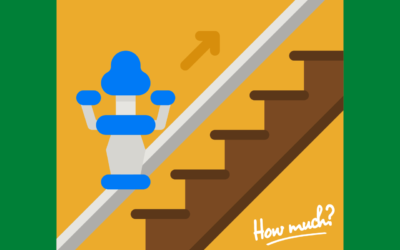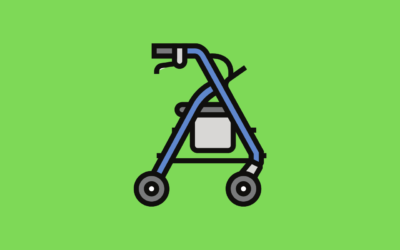Quick Answers
Transfer Aids: Options include transfer boards, discs, and slide sheets. Facilitates sliding transfers between surfaces. Ideal for individuals with some weight-bearing ability.
Manual Handling Techniques: Assisted standing and supported walking for those with mobility. Two-person transfers for individuals needing assistance. Requires caregiver or healthcare professional support.
Transfer Belts and Slings: Provide handles for caregivers during transfers. Enhance stability and safety during standing and walking. Worn by the individual for added support.
Mobility hoists are valuable tools for assisting individuals with limited mobility in transfers and lifting. However, they may only sometimes be the most suitable or preferred option for everyone. Some alternative methods and devices can be considered based on individual needs and circumstances. Here, we explore some alternatives to using a mobility hoist:
1. Transfer Aids
Transfer aids assist with safe and comfortable transfers between different surfaces or positions. They can include:
- Transfer boards: These flat boards with smooth surfaces enable individuals to slide from one surface to another, from a wheelchair to a bed or chair.
- Transfer discs: Disc-shaped devices with a non-slip surface that individuals can stand on and pivot to transfer from one location to another.
- Slide sheets: Fabric sheets with low-friction surfaces that facilitate sliding transfers while reducing friction and shear.
Transfer aids can be particularly useful for individuals with some weight-bearing ability and can participate in the transfer process with minimal assistance.
2. Manual Handling Techniques
For individuals with some level of mobility and strength, manual handling techniques can be employed with the assistance of caregivers or healthcare professionals. These techniques include:
- Assisted standing: Supporting the individual using their legs to stand and pivot for transfers.
- Supported walking: For those who can walk with assistance, caregivers can provide support and guidance.
- Two-person transfers: Two caregivers can work together to facilitate transfers in cases where the individual can bear weight but needs assistance.
3. Transfer Belts and Slings
The individual wears transfer belts and slings and provides handles or attachment points for caregivers to hold onto during transfers. These aids can improve stability and safety during standing and walking transfers.
4. Mechanical Lifts
Mechanical lifts, such as sit-to-stand or hydraulic lifts, can be an alternative to traditional hoists. They assist in lifting and transferring individuals from one surface to another while reducing the physical strain on caregivers.
5. Assisted Mobility Devices
Assisted mobility devices like rollators, walkers, or walking frames can assist individuals with mobility challenges moving around their homes or other environments. These devices provide support for balance and walking.
6. Home Modifications
In some cases, modifying the home environment can make transfers more accessible and safer. This may include installing grab bars, handrails, or ramps to provide additional support and accessibility.
7. Rehabilitation and Mobility Training
Physical therapy and rehabilitation programs can help individuals improve their mobility, strength, and coordination. These programs may reduce the need for extensive assistance in transfers over time.
8. Consideration of Specific Needs
The choice of an alternative to a mobility hoist should be based on the individual’s specific needs, abilities, and preferences. It’s essential to consult with healthcare professionals, occupational therapists, or mobility specialists to determine the most appropriate and safe methods and devices for transferring and lifting.
In many cases, a combination of alternatives may be the most effective approach to meet the individual’s unique requirements. Caregivers and family members should also receive training in safe transfer techniques to ensure the well-being and comfort of individuals with limited mobility.












